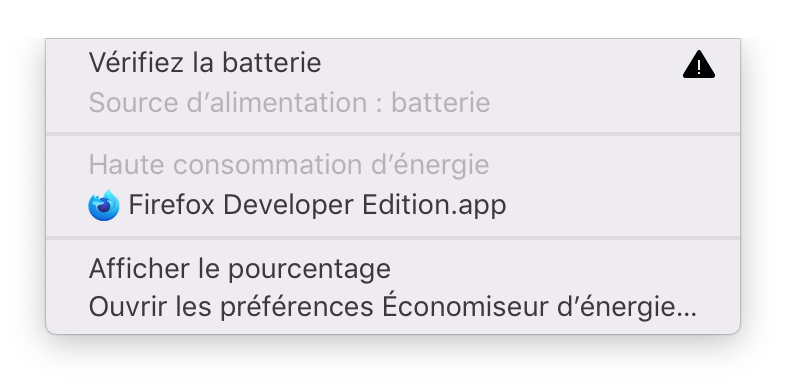Atomic Reconstruction (itch) Mac OS
- Atomic Reconstruction (itch) Mac Os Update
- Atomic Reconstruction (itch) Mac Os 7
- Atomic Reconstruction (itch) Mac Os Download
Find games for macOS like Friday Night Funkin', Cold Shot, Wrong Floor, Deepest Sword, Dying of Thirst on itch.io, the indie game hosting marketplace. Includes 1 items: Atomic Reconstruction. Nanotribology is a research field to study friction, adhesion, wear and lubrication occurred between two sliding interfaces at nano scale. This study is motivated by the demanding need of miniaturization mechanical components in Micro Electro Mechanical Systems (MEMS), improvement of durability in magnetic storage system, and other industrial applications. Take A Sneak Peak At The Movies Coming Out This Week (8/12) Music festivals are BACK and we’re ready for it; Hollywood history-making at the 2021 Oscars.
- < Previous
- Next >
Home > UA Engineering > Mechanical Engineering > Mech Engin Faculty Research > 804
Mechanical Engineering Faculty Research
Title
Authors
Document Type

Dissertation
Publication Date
2013
Abstract
Nanotribology is a research field to study friction, adhesion, wear and lubrication occurred between two sliding interfaces at nano scale. This study is motivated by the demanding need of miniaturization mechanical components in Micro Electro Mechanical Systems (MEMS), improvement of durability in magnetic storage system, and other industrial applications. Overcoming tribological failure and finding ways to control friction at small scale have become keys to commercialize MEMS with sliding components as well as to stimulate the technological innovation associated with the development of MEMS. In addition to the industrial applications, such research is also scientifically fascinating because it opens a door to understand macroscopic friction from the most bottom atomic level, and therefore serves as a bridge between science and engineering. This thesis focuses on solid/solid atomic friction and its associated energy dissipation through theoretical analysis, atomistic simulation, transition state theory, and close collaboration with experimentalists. Reduced-order models have many advantages for its simplification and capacity to simulating long-time event. We will apply Prandtl-Tomlinson models and their extensions to interpret dry atomic-scale friction. We begin with the fundamental equations and build on them step-by-step from the simple quasistatic one-spring, one-mass model for predicting transitions between friction regimes to the two-dimensional and multi-atom models for describing the effect of contact area. Theoretical analysis, numerical implementation, and predicted physical phenomena are all discussed. In the process, we demonstrate the significant potential for this approach to yield new fundamental understanding of atomic-scale friction. Atomistic modeling can never be overemphasized in the investigation of atomic friction, in which each single atom could play a significant role, but is hard to be captured experimentally. In atomic friction, the interesting physical process is buried between the two contact interfaces, thus makes a direct measurement more difficult. Atomistic simulation is able to simulate the process with the dynamic information of each single atom, and therefore provides valuable interpretations for experiments. In this, we will systematically to apply Molecular Dynamics (MD) simulation to optimally model the Atomic Force Microscopy (AFM) measurement of atomic friction. Furthermore, we also employed molecular dynamics simulation to correlate the atomic dynamics with the friction behavior observed in experiments. For instance, ParRep dynamics (an accelerated molecular dynamic technique) is introduced to investigate velocity dependence of atomic friction; we also employ MD simulation to 'see' how the reconstruction of gold surface modulates the friction, and the friction enhancement mechanism at a graphite step edge. Atomic stick-slip friction can be treated as a rate process. Instead of running a direction simulation of the process, we can apply transition state theory to predict its property. We will have a rigorous derivation of velocity and temperature dependence of friction based on the Prandtl-Tomlinson model as well as transition theory. A more accurate relation to prediction velocity and temperature dependence is obtained. Furthermore, we have included instrumental noise inherent in AFM measurement to interpret two discoveries in experiments, suppression of friction at low temperature and the attempt frequency discrepancy between AFM measurement and theoretical prediction. We also discuss the possibility to treat wear as a rate process.

Atomic Reconstruction (itch) Mac Os Update
Publication Title
ProQuest Dissertations and Theses
Volume
74-04(E)
Atomic Reconstruction (itch) Mac Os 7
Issue
Atomic Reconstruction (itch) Mac Os Download
B
First Page
209
Recommended Citation
Dong, Yalin, 'Physically Representative Atomistic Modeling of Atomic-scale Friction' (2013). Mechanical Engineering Faculty Research. 804.
https://ideaexchange.uakron.edu/mechanical_ideas/804
DOWNLOADS
Since April 17, 2015
Share
To view the content in your browser, please download Adobe Reader or, alternately,
you may Download the file to your hard drive.
NOTE: The latest versions of Adobe Reader do not support viewing PDF files within Firefox on Mac OS and if you are using a modern (Intel) Mac, there is no official plugin for viewing PDF files within the browser window.
Atomic Reconstruction (itch) Mac OS
